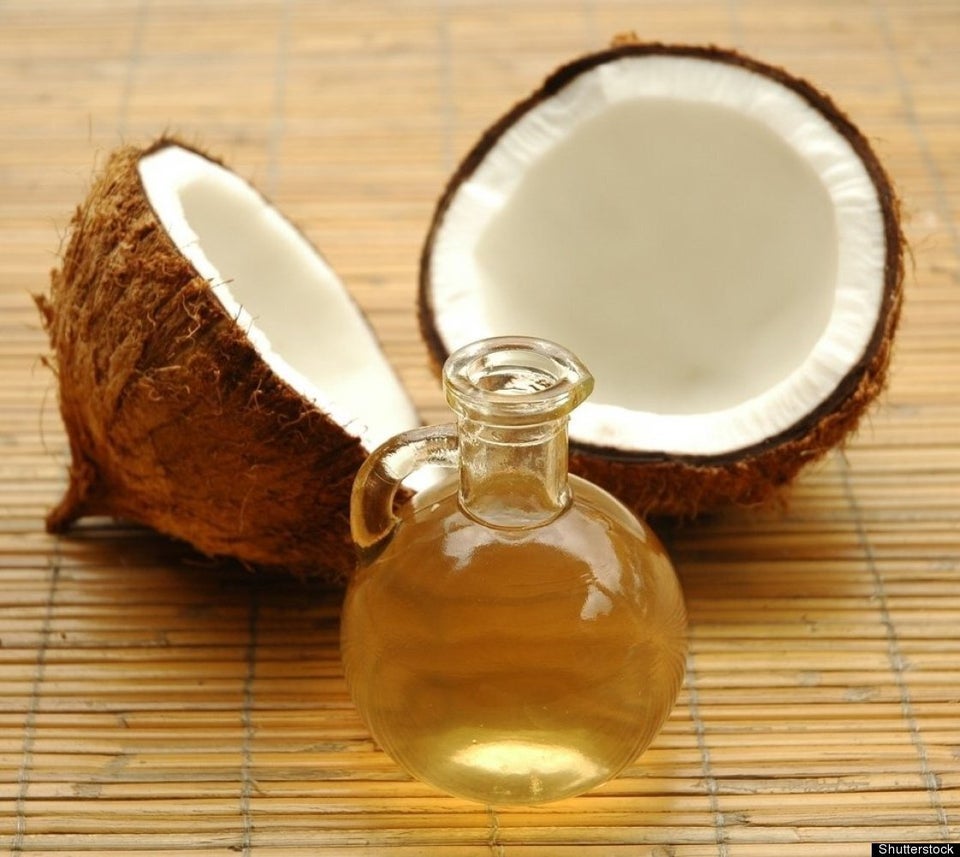When you're sautéing, stir-frying, baking, grilling and making salad dressings, have you ever wondered what cooking oil is best? You're not alone. One of the best decisions you can make in the kitchen is which cooking oil to use.
First, let's explore my two favourite oils for recipes with heat (I'm talking temperature not spice!): canola oil and olive oil. Canola oil has a slightly higher smoke point than olive oil. A high smoke point means the oil can be heated to a high temperature before it starts to smoke and loses its properties. Canola oil and olive oil are full of good fats called monounsaturated fats (MUFAs). Studies show that eating foods rich in these fats improves blood cholesterol levels, which can decrease your risk of heart disease. MUFAs may benefit insulin levels and blood sugar control, which can be especially helpful if you have type 2-diabetes.
What about the trend du jour -- coconut oil? Many people ask me about it. I remind them it is import to recognize coconut "oil" is solid at room temperature, therefore, not technically oil. Coconut oil is also 86 per cent saturated fat, traditionally recognized as a bad fat. We are learning that not all saturated fats are the same. Therefore, they don't all have the same impact on heart disease and other health risks. However, I caution you that the science is still not conclusive regarding coconut oil and heart health.
Balance and moderation is the best approach when it comes to cooking oils. Canada's Food Guide to Healthy Eating recommends the total amount of fat in our diet as a percentage of total daily calories. What does this mean to you and your family? Our dietary fat requirements change throughout our lives. The recommendations are for young children (ages one to three years) 30- to 40 per cent of total daily calories; children and teens (ages four to 18 years) 25- to 35 per cent; and adults (aged 19 years and older) 20- to 35 per cent of total calories.
How do you figure this out? For example, an adult consuming 1,800 calories per day, simple arithmetic will help you find the answer. First you need to identify the number of fat calories and then the number of fat grams.
Follow these two easy equations, keeping in mind the standard, consistent measurement of one gram of fat = 9 calories:
- 20 per cent (recommended calories from fat) x 1,800 total calories consumed in a day = 360 calories of fat
Now the second equation
- 360 calories of fat ÷ 9 calories (standard measurement for one gram of fat) = 40 grams of fat
This means 40 grams is the total amount of fat you want to consume in a day using the recommended 20 per cent fat of the total 1,800 calories per day. You will find fat grams listed on the nutrition facts table. Look for it on all packaged foods to keep you on track with the amount of fat you are eating. Canada's Food Guide to Healthy Eating also recommends that we consume more good fats, such as MUFAs, and less saturated fats while eliminating trans fats.
Now let's get moving to more essential cooking oil tips and a family-friendly recipe for you to try in your kitchen. Store your cooking oils in a cool dark cupboard. Never heat walnut, hemp, sesame and flax oils. Use them in cold recipes such as salad dressing and cold dips to retain their healthy fat profile, taste and to avoid burning. Fill a spray bottle with canola oil to lightly cover your pans instead of greasing. Canola oil is my go-to, when I indulge in the occasional fry. This home-style buttermilk fried chicken fingers recipe turns out light, golden and crispy. It is a family favourite with 15 per cent of the total calories coming from good fats.
Understanding which cooking oil to use can be one of the best health decisions you can make. Keep in mind how you're using the oil -- is it for a hot or cold recipe? Remember to look for healthy oils with high amounts of MUFAs. And don't overdo it with the quantity, even when you're consuming the right types of fats, it still adds up in your total daily calories. Balance and moderation is the key.
ALSO ON HUFFPOST:
